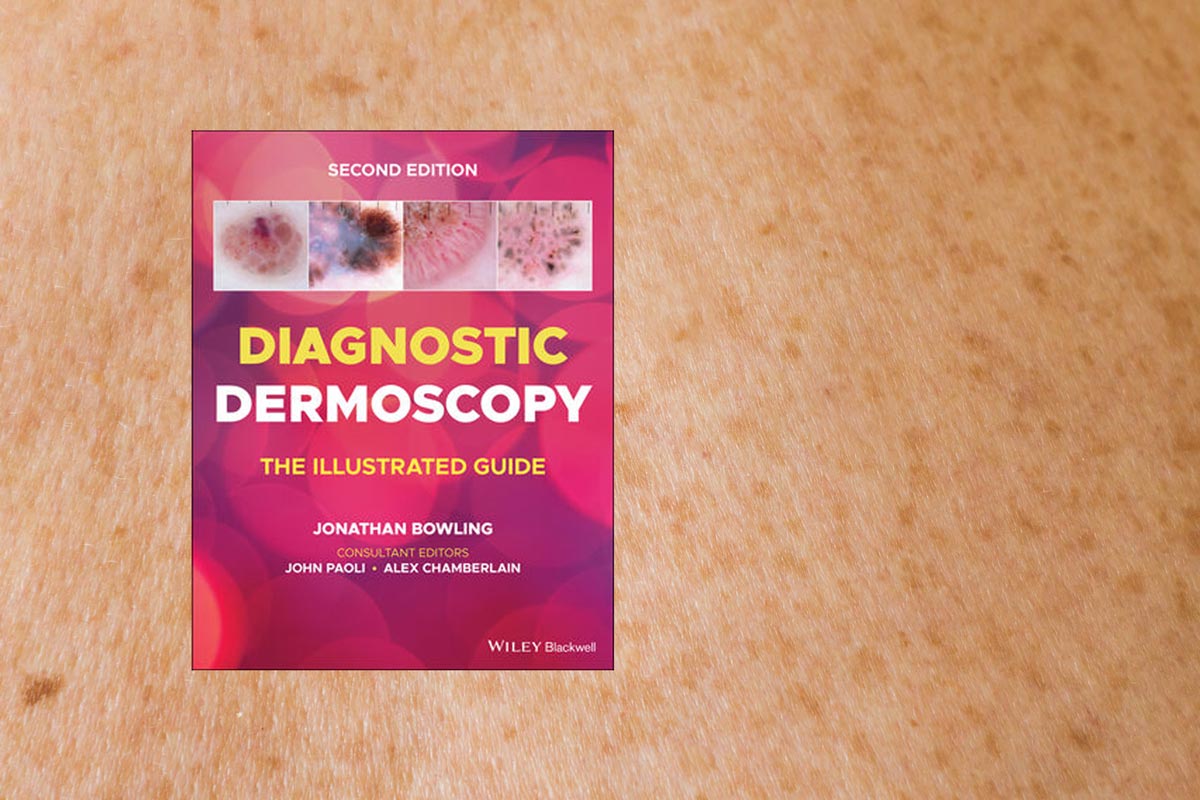 George C Moncrieff was a GP in Bicester from 1985 until 2017. He was the Chair of the Dermatology Council for England until 2018.
George C Moncrieff was a GP in Bicester from 1985 until 2017. He was the Chair of the Dermatology Council for England until 2018.
Lesion diagnosis is a problem for GPs. We make more referrals to the skin cancer 2-week wait than any other specialty and only 6% are either a melanoma or SCC.1 Indeed, 84% are ‘obviously benign’ (Levell N, personal communication, 2017). This is seriously compromising secondary care’s ability to provide an effective service for inflammatory skin diseases, expensive for the NHS, and unnecessarily alarming patients with benign lesions.
A summary of the National Institute for Health and Care Excellence’s guideline for melanoma in the BMJ concluded ‘use dermoscopy to examine all pigmented lesions referred for assessment and ensure that all staff are adequately trained in its use’.2 Dermatology is barely taught at most medical schools in the UK, and dermoscopy is not even mentioned.
“I strongly recommend this book to my colleagues both in primary and secondary care … “
Most textbooks on dermoscopy are designed for specialists and are relatively inaccessible for GPs. The first edition of Diagnostic Dermoscopy: The Illustrated Guide changed that. This latest edition is considerably more comprehensive, with sections on inflammatory skin diseases, hair disorders, and even insects (for example, scabies). In all, there are over 500 outstanding images that clearly demonstrate relevant signs.
The style ensures that the needs of the reader are paramount. Each condition is described with a pictorial illustration of the critical features, followed by a brief outline of the dermoscopic characteristics. There are then a series illustrative of cases, with both naked-eye and dermoscopy images. At the bottom of most pages there is a nugget of information that highlights the essential points. Where appropriate, pairs of conditions that could be confused are on opposing pages, making the contrast abundantly clear.
I love the way the author has provided dedicated chapters for specific sites (for example, for acral skin, facial, and scalp lesions). Each section is colour-coded for easy reference.
This book could very easily be used as a reference book, but equally, it is so concise and readable that I could hardly put it down. I strongly recommend this book to my colleagues both in primary and secondary care as a clear, comprehensive, easily-accessed resource, unmatched by any other book in this field.
Featured book: Jonathan Bowling, Diagnostic Dermoscopy: The Illustrated Guide, 2nd Edn, Wiley-Blackwell, 2022, PB, 336pp, £50.99, 978-1118930489
References
1. British Association of Dermatologists, NHS England. The two-week wait skin cancer pathway: innovative approaches to support early diagnosis of skin cancer as part of the NHS COVID-19 recovery plan. 2022. https://www.england.nhs.uk/wp-content/uploads/2022/04/B0829-suspected-skin-cancer-two-week-wait-pathway-optimisation-guidance.pdf (accessed 29 Jul 2022).
2. Macbeth M, Newton-Bishop J, O’Connell S, et al. Melanoma: summary of NICE guidance. BMJ 2015; 351: h3708.
Featured photo by Olga Thelavart on Unsplash.






